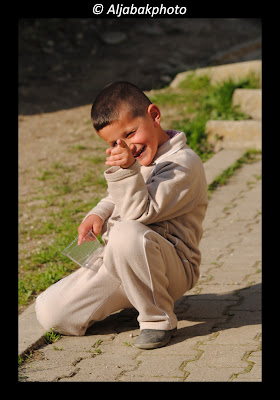My photo was published on the website Allyouneedislists.com with my permission.
 |
| Cat picture |
Launched in May 2009, Allyouneedislists.com is all about entertainment and other awesome information. From movies and games to gadgets, food and music, everything is presented in neat, bite-sized chunks for your reading convenience.
Apart from All You Need Is Lists not having any set category of information, it’s not hard to describe what it’s actually about: Bite-Sized Chunks of information!
Everything you see here has been hand-picked and chumped together into convient lists for your reading pleasure. Most lists are actually created out of necessity of information and not finding any proper resources on the internet.
The same picture is posted on the site www.prezi.com
The same picture is posted on the site www.prezi.com
 |
| www.prezi.com |
About Prezi
At Prezi, we're all about helping people understand each other better. Presentations have not evolved much in the 50 years since the slide was invented, but Prezi is changing that. Prezi lets you bring your ideas into one space and see how they relate, helping you and your audience connect. Zoom out to see the big picture and zoom in to see details — a bit like web-based maps that have changed how we navigate through map books. Brief history
Adam Somlai-Fischer is an architect and has been working with zooming presentations since 2001. Back then, he was coding each presentation by hand but it allowed him to show a floor plan (big picture) and individual rooms (details). Adam became an internationally desired speaker and as more people saw his zooming presentations they wanted to create their own. In 2007, Adam met Peter Halacsy who was one of these people. Peter convinced Adam to work on an editor so that anyone could make zooming presentations. After creating a prototype they convinced Peter Arvai to become the CEO of Prezi — to help them build a product and a company. Prezi was launched in April 2009 from Budapest, leading to an investment from TED Conferences and Sunstone Capital. The San Francisco office was established in November 2009 and the company has been cash flow positive since 2010.



















































